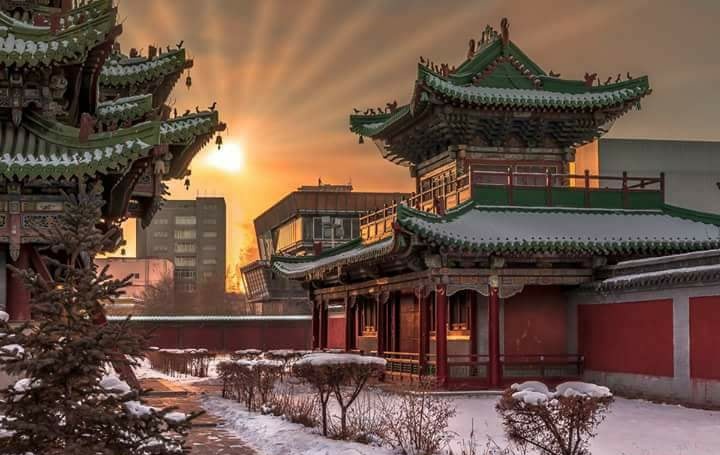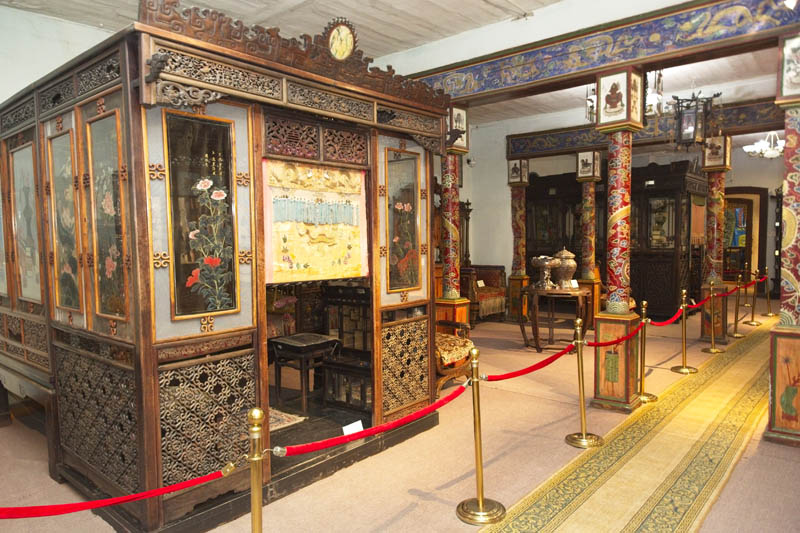The Bogd Khaan Palace Museum in Ulaanbaatar, Mongolia, is a historical and cultural gem. It was built between 1893 and 1903 as the summer and winter residences of the 8th Bogd Jiv Zund Amba, the head of Mongolian religion and the last king of Mongolia.


The museum complex includes seven summer prayer temples and a two-story European-style winter palace. The summer temples showcase a blend of Mongolian-Tibetan and Chinese architectural styles.For example,the Yampai, or ‘protective gate’,is made of blue bricks and decorated with relief patterns of dragons, mountains,water,and animals. The Andi Men,or Peace Gate,constructed between 1912 and 1919,is a remarkable structure built without a single nail, using 108 different interlocking joints.The museum's collections are extensive and valuable.It houses bronze castings, silk paintings, papier-mâché icons crafted by well-known artists like the first Bogd Zana Bazar and his school. There are also religious idols, the royal collection of stuffed animals, and items that belonged to the 8th Bogd Jiv Zund Amba and his wife,Queen Dondog Du Lam.These include royal clothing, equipment, gifts from domestic and foreign guests,and items the king purchased for his own amusement.In 1926,after the Bogd Khaan's death, the palace was converted into a museum. Today, it offers visitors a unique opportunity to explore Mongolia's history from the 17th to the early 20th centuries,especially the era of the Bogd Khaan. It is an important place to learn about Mongolia's political, religious, and artistic heritage.
The museum is open from 9:00 am to 5:00 pm on Mondays, Thursdays, Fridays, Saturdays, and Sundays,and it's closed on Tuesdays and Wednesdays. Note that the admission fee is 15000 Mongolian tögrög, and taking photos may require a separate photography pass.If you're interested in Mongolia's past and culture, a visit to the Bogd Khaan Palace Museum is a must-do during your trip to Ulaanbaatar.




































